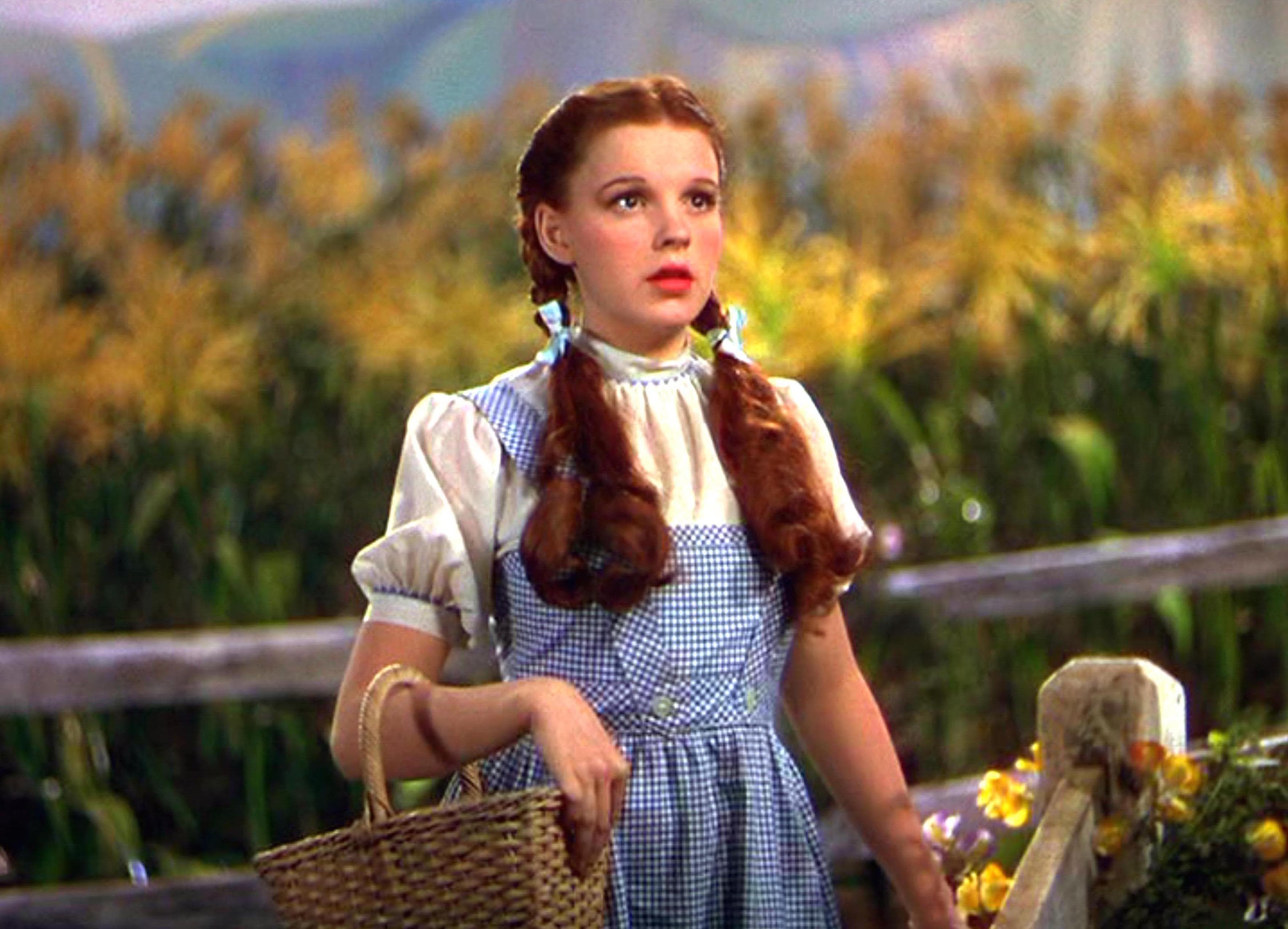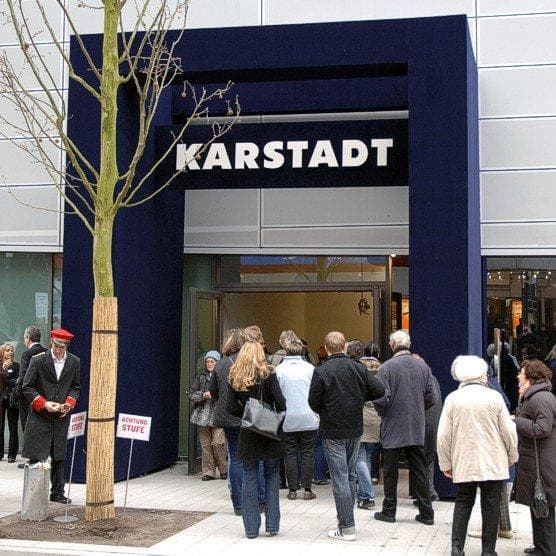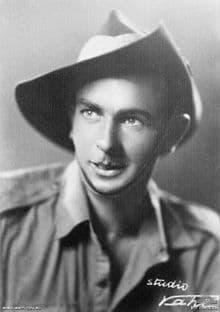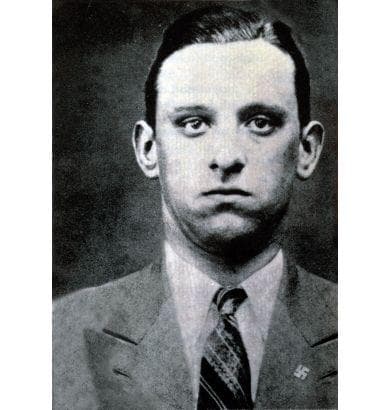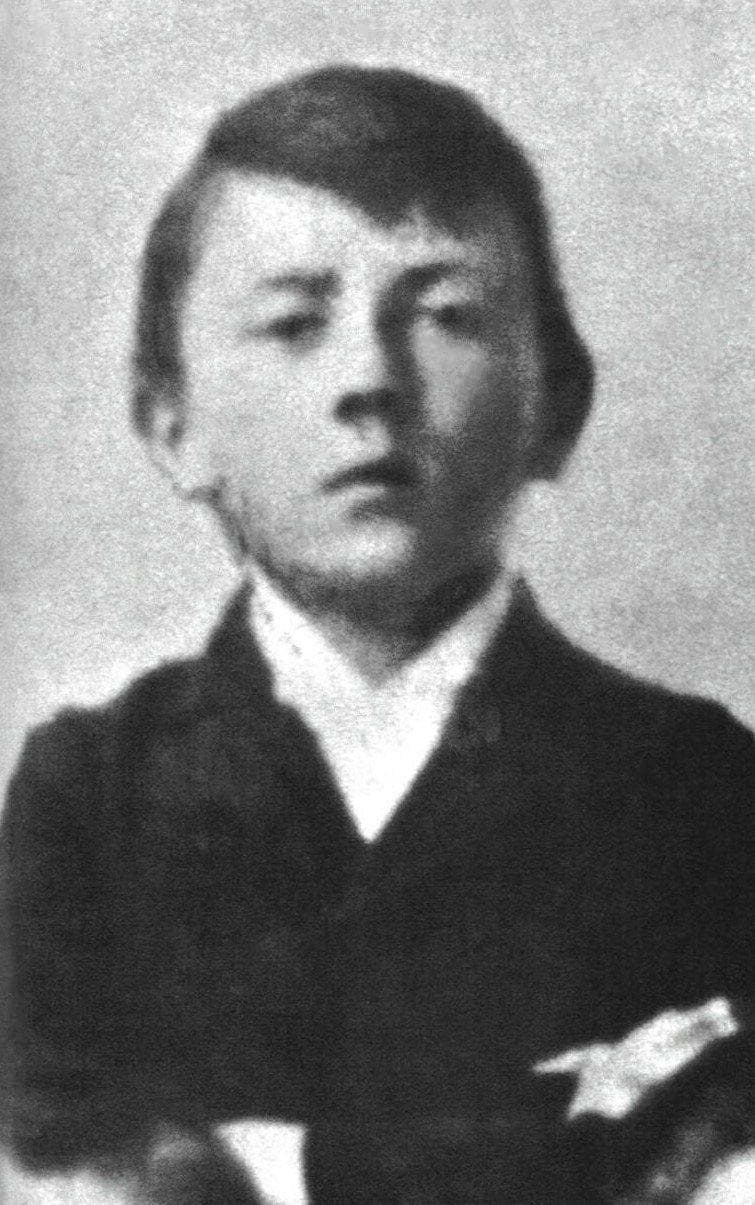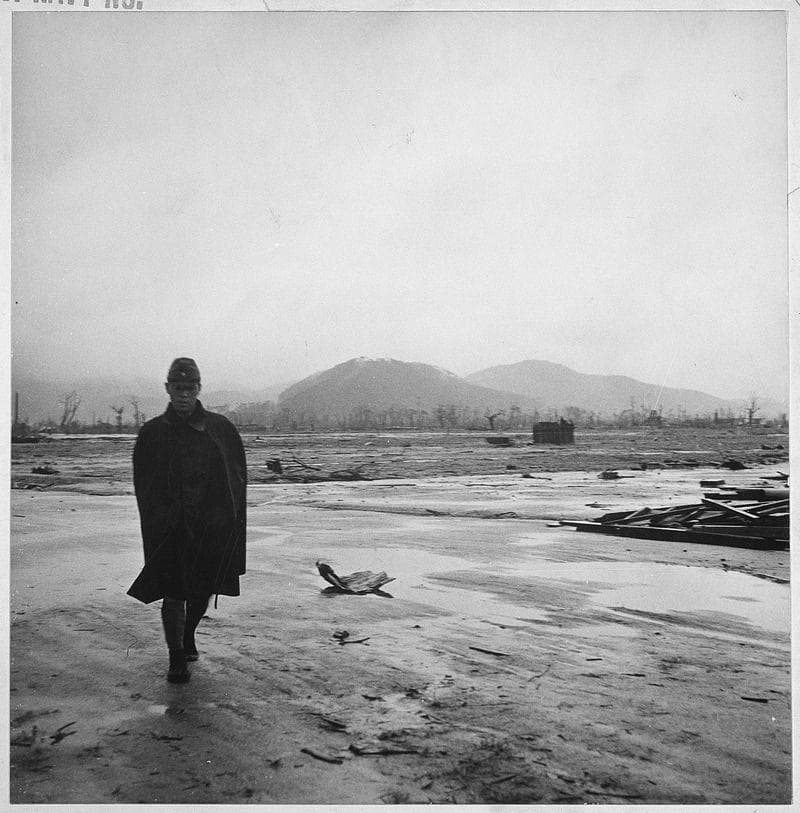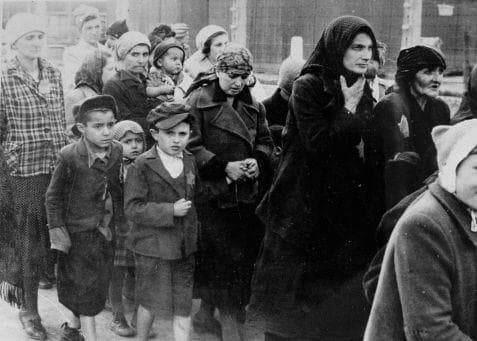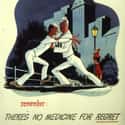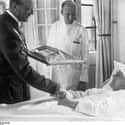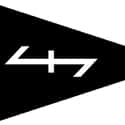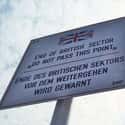-
(#7) Children Of Allied Servicemen And German Women Were Ostracized
STDs soon became a major concern for the military, and it is estimated that as many as 400,000 children of Allied soldiers were born to German women in the years following WWII. These children (and their mothers) were ostracized by both sides, with their German communities shunning them and the Allied governments protecting their soldiers from responsibilities such as child support payments.
While those policies were eventually relaxed, German children of Allied servicemen still faced a number of challenges, especially children of mixed race. Interracial marriages were prohibited in the US until 1948 and the "Negermischlinge," or "Negro half-breeds," were subjected to particularly cruel treatment within Germany.
-
(#6) Disease Was Rampant
As refugees returned to the city, they brought with them a host of maladies that the undernourished population had a hard time fighting off. Dysentery, typhoid fever, and diphtheria epidemics all swept through Berlin, brought on in part by the city's ruined water and sewage systems. Hospital space, medicine, and medical equipment were all in short supply due to the conflict, and difficulties in production and distribution made replacing lost materials nearly impossible.
Hospital staff was also in short supply, and doctors and nurses were quickly overstretched by the exceeding demand.
-
(#5) An Underground Resistance Formed
Although its reputation has been trumped up due to the work of propaganda minister Joseph Goebbels, Operation Werwolf was supposedly the code name for the German underground resistance. During WWII, they were really just a uniformed paramilitary group, but after the conflict ended, the name Werwolf was sometimes used by the sparse pockets of Third Reich loyalists that fought back.
The destruction of a military outpost in Bremen was claimed as a Werwolf operation, as was the demise of General Nikolai Berzarin, a Soviet commandant in the Soviet sector of Berlin. However, there is no conclusive evidence that these events were the work of the underground group.
-
(#3) Everyone Was Hungry All The Time
The constant shelling and air strikes had also taken their toll on the German countryside, devastating the country's crops and livestock reserves. The infrastructure in and around Berlin was in ruins, making it difficult to bring food in from the outside. Rationing had started during WWII and slowly increased as time went on; by 1946, the British zone had reduced the average German citizen's food allotment to a meager 1,000 calories per day.
The winter of 1946-1947 was known as the "Hunger Winter" and some estimates put the average caloric intake as low as 700 calories per day - well below starvation levels. It is believed that hundreds of thousands of Germans perished from famine and famine-related conditions between 1945 and 1949.
-
(#14) Allied Forces And German Citizens Came Together During Reconstruction
The German defeat was unilateral, and with information about the cruelties of the regime becoming public, there was little support left for the Third Reich. The Nuremberg Trials began in 1945 and only added to the shame and resentment the people felt toward their former ruling party. Citizens and soldiers began working together to clean up the devastation in Berlin, and especially with the passing of the Marshall Plan, an atmosphere of cooperation was established.
Besides, with all of the weapons, ammunition, and able bodies going to the front, there weren't really the resources to mount much of a resistance.
-
(#1) Berlin Was Divided
After Germany's defeat, Berlin was divided into four zones, one for each Allied power. As the Allies' relationship with Russia began to deteriorate, it was the Berliners that bore the brunt of that tension. Russia set up what was known as the Berlin Blockade, cutting off all access to the eastern side of Berlin and forcing the other Allies to airlift relief supplies to the needy residents. The early seeds of the Cold War were sewn in the post-WWII tension over Germany; both sides were unwilling to open fire, but Berlin and Germany became cards to be played by the larger world powers.
This would eventually lead to the 1961 erection of the Berlin Wall, which would stand as both a physical barrier and a metaphorical symbol for the bifurcation of Berlin for almost 30 years.
New Random Displays Display All By Ranking
About This Tool
In May 1945, Germany, which launched WWII, declared defeat under the joint resistance of the anti-fascist allies. The armored forces of the Soviet Union that invaded Germany almost used tanks to blow up most cities into rubble. 55% of the ancient buildings in Munich have been destroyed, and only broken walls in the capital Berlin, the Cologne Cathedral stood alone in the ruins, which all shows the harsh life in Germany after WWII.
As a defeated country, Germany's economy collapsed, production stagnated, and supplies were extremely scarce. The German nobles could not protect themselves, let alone the poor people. The random tool explained 14 details about the harsh realities in Germany after WWII.
Our data comes from Ranker, If you want to participate in the ranking of items displayed on this page, please click here.

